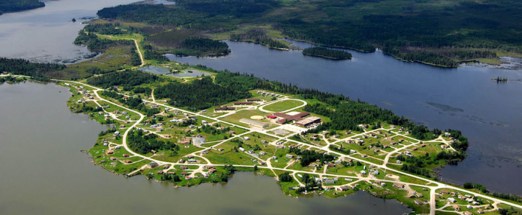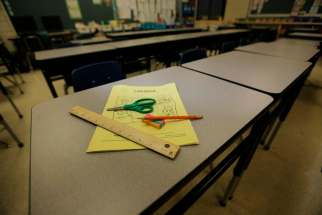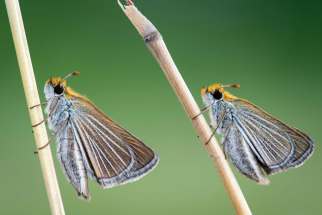The butterfly protectors Fate of the Poweshiek species resides in an Assiniboine Park Zoo greenhouse
Read this article for free:
or
Already have an account? Log in here »
To continue reading, please subscribe:
Monthly Digital Subscription
$0 for the first 4 weeks*
- Enjoy unlimited reading on winnipegfreepress.com
- Read the E-Edition, our digital replica newspaper
- Access News Break, our award-winning app
- Play interactive puzzles
*No charge for 4 weeks then price increases to the regular rate of $19.00 plus GST every four weeks. Offer available to new and qualified returning subscribers only. Cancel any time.
Monthly Digital Subscription
$4.75/week*
- Enjoy unlimited reading on winnipegfreepress.com
- Read the E-Edition, our digital replica newspaper
- Access News Break, our award-winning app
- Play interactive puzzles
*Billed as $19 plus GST every four weeks. Cancel any time.
To continue reading, please subscribe:
Add Free Press access to your Brandon Sun subscription for only an additional
$1 for the first 4 weeks*
*Your next subscription payment will increase by $1.00 and you will be charged $16.99 plus GST for four weeks. After four weeks, your payment will increase to $23.99 plus GST every four weeks.
Read unlimited articles for free today:
or
Already have an account? Log in here »
Hey there, time traveller!
This article was published 05/07/2021 (1619 days ago), so information in it may no longer be current.
The little caterpillars are wrapped in their green chrysalises, no bigger than three centimetres long, taking themselves apart and rebuilding to emerge as Poweshiek skipperlings in a small greenhouse at the Assiniboine Park Zoo. They don’t know it, but they represent the fate of their entire species, their successful emergence to the next stage of life a determinant of whether butterflies like them will still exist in a few years’ time, or if they will go the way of the dodo.
No pressure.
The Poweshieks, named in the 1870s after a county in Iowa named after a chief of the Fox-Mesquaki Indigenous tribe who was born in 1791, are on the verge of extinction.
Conservative estimates state that fewer than 500 still flutter across the tall grass prairie in the North American Midwest; more realistic guesses have that number pegged at under 200. The only places where Poweshieks can be sparsely found are a few spots in Michigan and Wisconsin, and in the tall grass prairie preserve in Vita — a parcel of land representing about one per cent of the tall grass prairie that could have been found in Manitoba over a century ago.
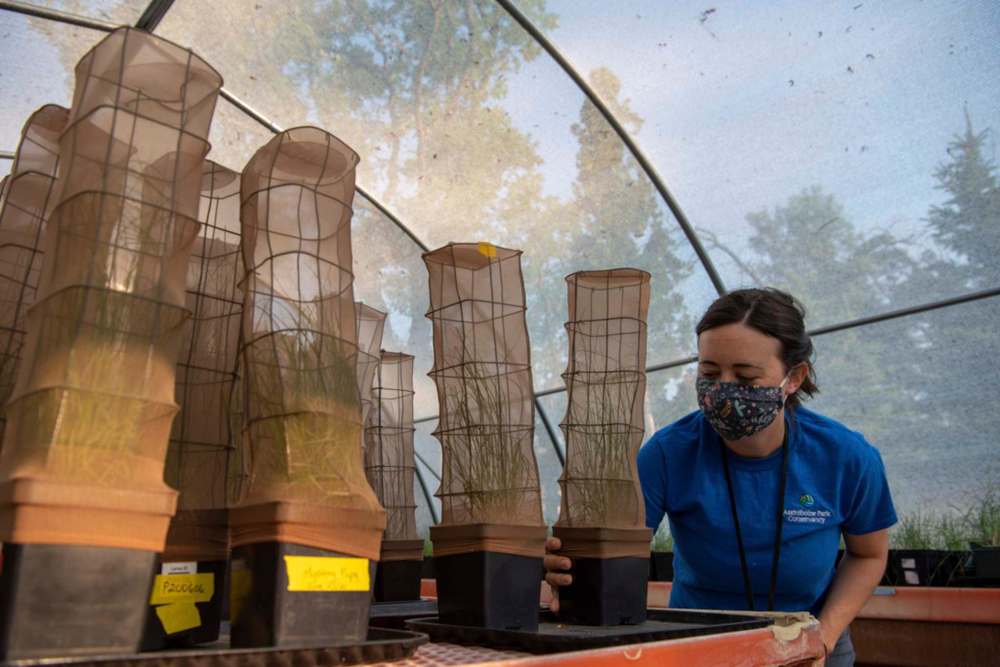
Forty-one are in their chrysalises in an aerated greenhouse at the Assiniboine Park Zoo, to be released upon maturity with the hope that they’ll mate when returned to their natural habitat in Vita. Just past the polar bears, and a few steps away from the zoo entrance, where day campers line up, a rescue mission is happening.
“What I like to tell people is that the Poweshiek skipperling is rarer than the giant panda,” says Laura Burns, a research conservation specialist at the conservancy. Most people know giant pandas or elephants — animals some call charismatic megafauna — are at risk of extinction. Fewer people tend to think of the humble Loonie-sized skipperlings, the determined beetles or the crawling spiders disappearing every year.
“We have species in our own backyard in Manitoba at risk of being lost,” Burns says of the skipperling, a subfamily of butterflies. “I always try to tell people that: it’s really special we still have species in Manitoba that we have an opportunity to save.”
The rescue mission began nearly a decade ago, when conservation groups recognized a steep decline in Poweshieks across the continent, seemingly out of the blue; opinions vary as to why the population has taken such a nosedive, with reasons ranging from climate change to possible impact from pesticides, yet no clear answer has been found.
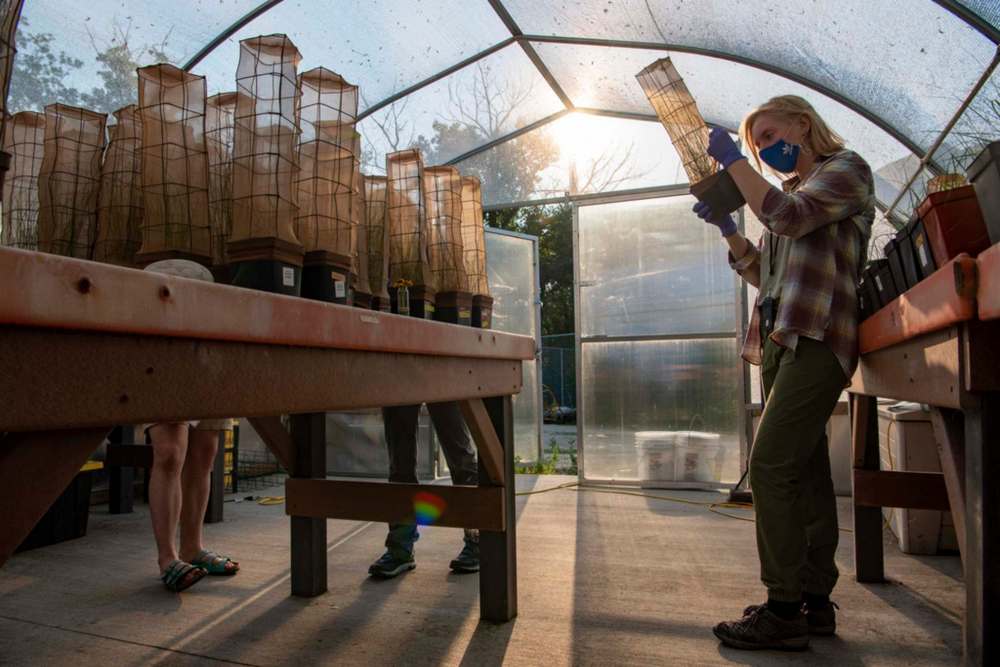
There was firm belief that if no interventional action was taken, there would be no Poweshiek skipperlings left within a few decades or less.
It was then proposed that the team at Assiniboine Park use a process called captive rearing — where wild skipperlings are caught in order to reproduce in a laboratory setting before being released — to restimulate the population and to further understand the species’ struggles.
A single female can lay as many as 100 eggs, doing so on the blades of host plants in the tall grass, like prairie dropseed, sticking to the plants as caterpillars throughout the winter, incubated under a layer of snow. In the wild, approximately one to three of those 100 eggs develop into adulthood. In 2017, two female Poweshieks were brought to the zoo to reproduce, with conservationists ready to consider a three per cent survival rate in captivity to be a success.
Fifty-five eggs were laid, and the resulting caterpillars were incubated in a refrigerator set to -4 C for a process called diapause, leading to a yield of six adult butterflies; it was a better result than expected. The following summer, six mature skipperlings — which have a year-long life cycle and are active for three to four weeks in late June through July — were released into the wild. The next year, 13. The next year, 19. In 2021, the conservation team is preparing to release as many as 50 once they emerge from their self-made green enclosures — no small feat considering fewer than 200 were thought to have existed as recently as 2015.
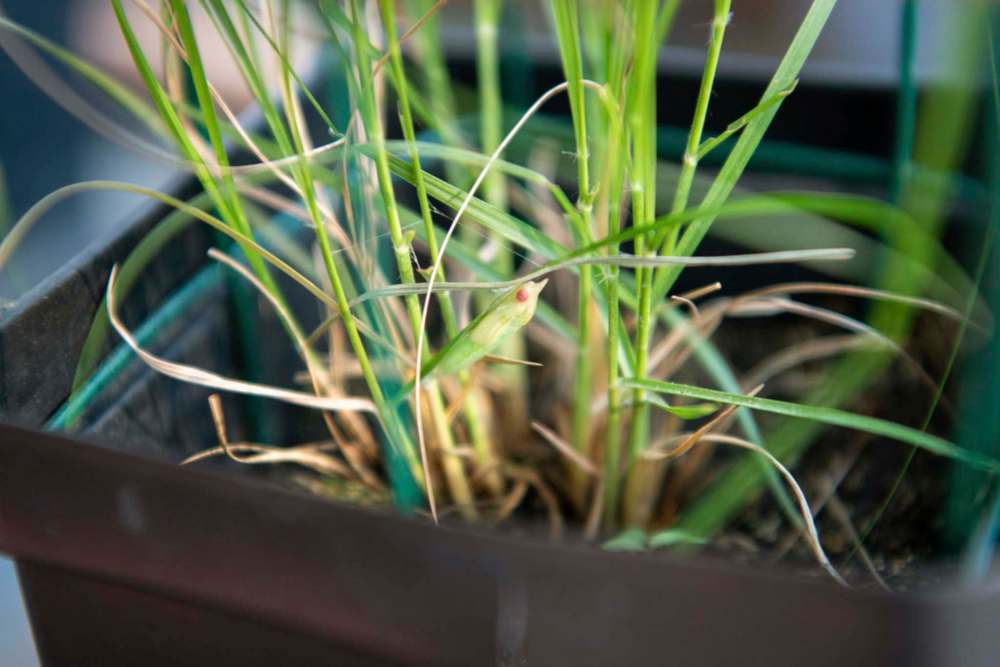
Their release into the wild isn’t a guarantee the population will increase long-term, Burns says: their short life span means reproduction, and the opportunity for reproduction, is a key requirement in order to rebuild the population.
But without the captive rearing process, that opportunity would be ever smaller with each passing mating season, making the work of Burns and the Poweshiek team especially pressing.
From the greenhouse, a few skipperlings have already been taken to the tall grass prairie preserve in Vita to emerge, but the majority remain on the cusp of their next stage of life after their pupal rest.
As they near maturity, a few characteristics change: small red dots — where the eyes will be — become visible through the chrysalis, as do orange ones which show future wing development. They eventually turn black, a sign that they’re almost ready to show their true colours, says team member Kirstyn Eckhardt.

Last Friday, Eckhardt was eyeing the chrysalises; the next day, she’d be putting two skipperlings in small pop-up enclosures, watching them to see whether they mated before the conservationists collected the microscopic eggs.
Though the insects have relatively short life spans, the conservationists grow somewhat attached to each skipperling, an indication of the responsibility they feel to be successful: the unborn skipperlings are even given playful names to go along with their impersonal identification numbers.
On one table were Pickles and Winnie. “Mr. Bean is also going to be emerging soon,” Eckhardt says.
Shortly after, Burns loaded up her vehicle with the specimens and appropriate equipment before making the nearly two-hour drive to Vita.
In the greenhouse, Eckhardt held the small mesh enclosures up in the light to see which endangered creatures would be ready next for release.
“You’re the fate of your species,” she said after looking at Pickles and Mr. Bean.
No pressure at all.
ben.waldman@freepress.mb.ca

Ben Waldman covers a little bit of everything for the Free Press.
Our newsroom depends on a growing audience of readers to power our journalism. If you are not a paid reader, please consider becoming a subscriber.
Our newsroom depends on its audience of readers to power our journalism. Thank you for your support.





